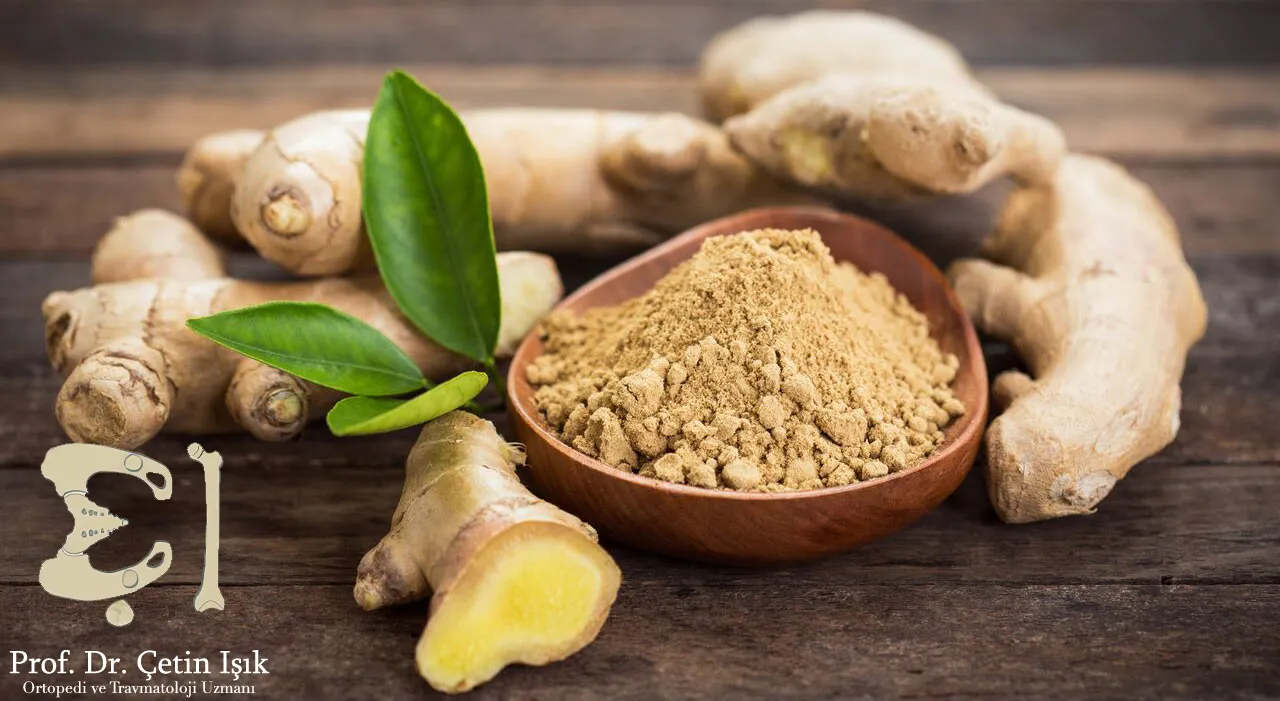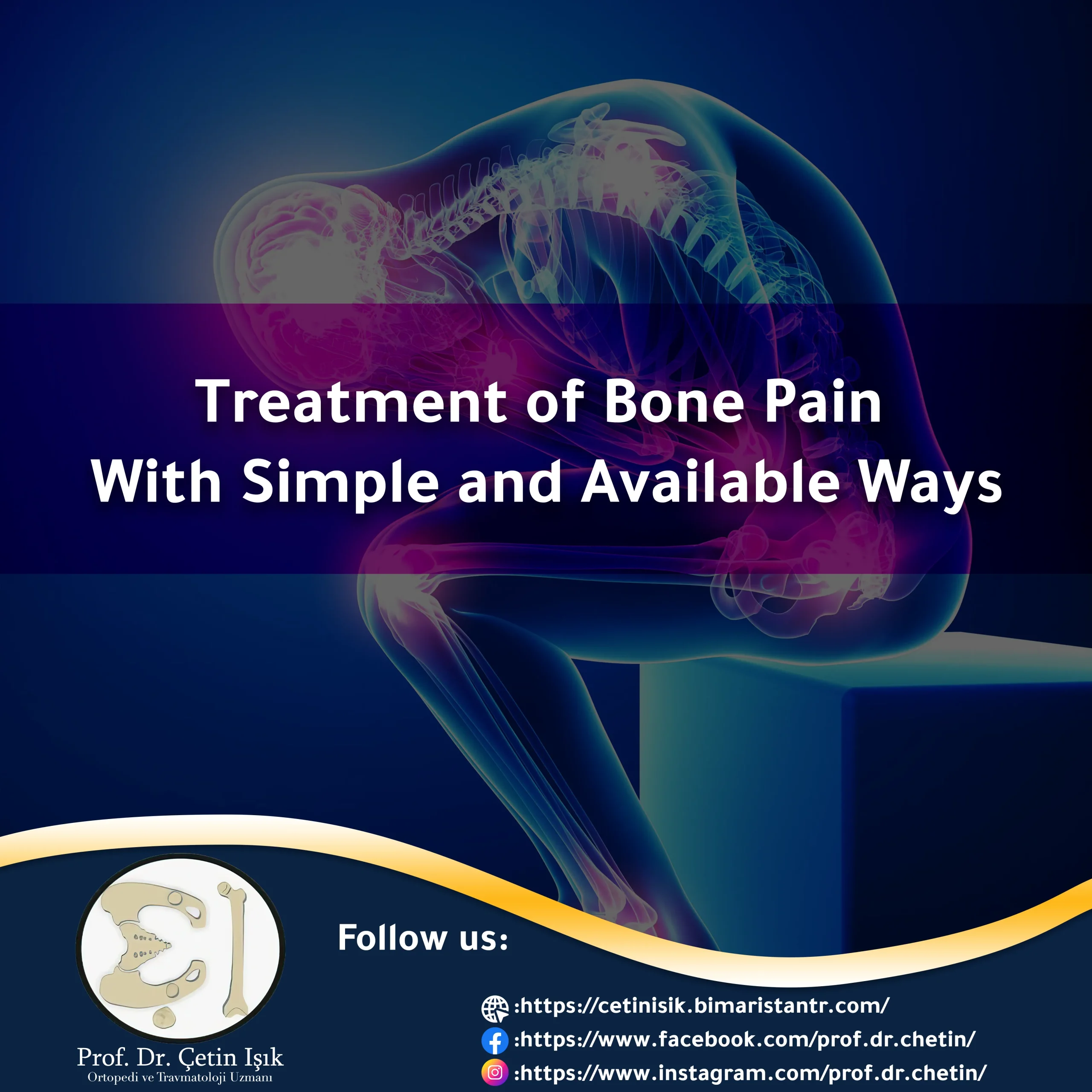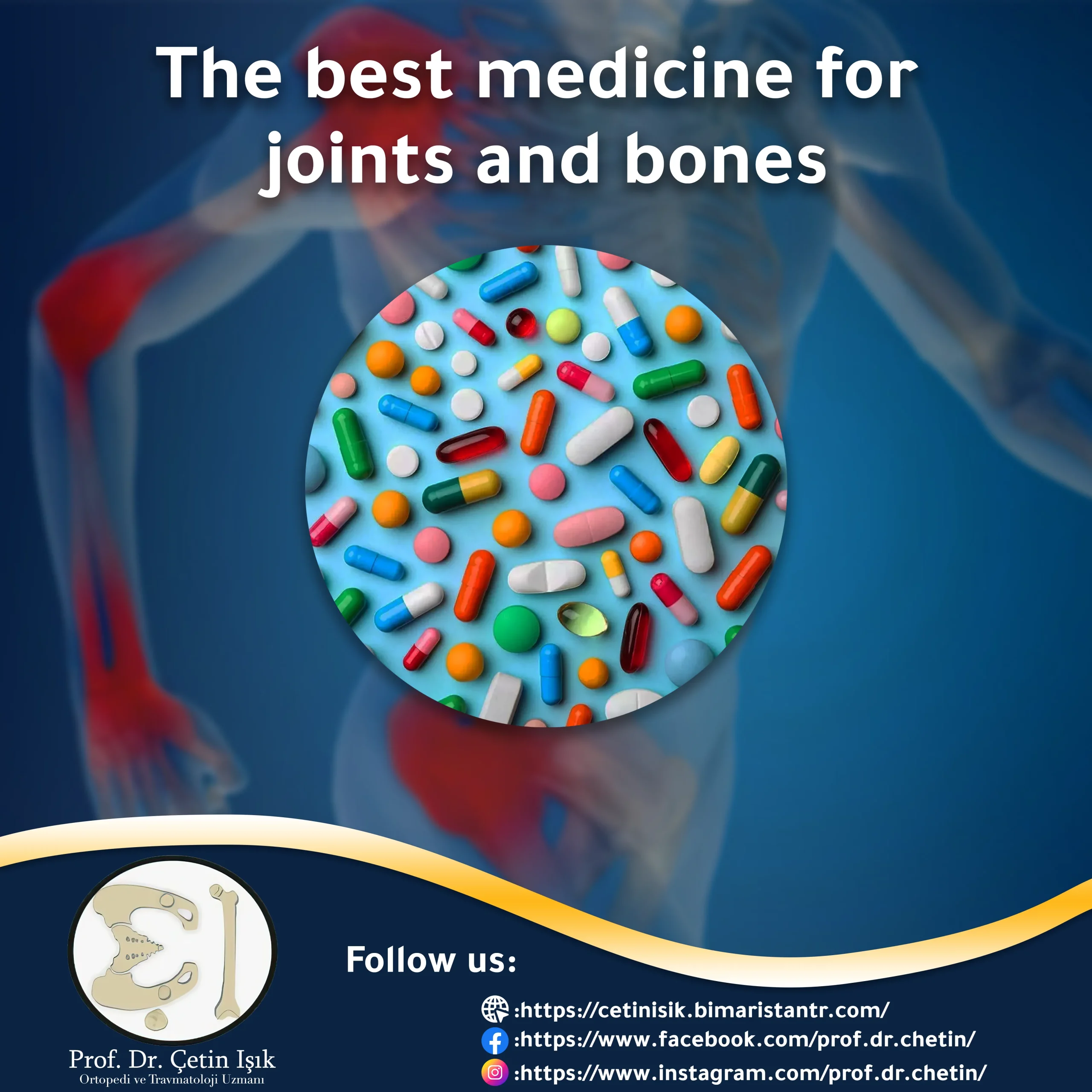Treatment of bone pain is essential for everyone who suffers from it because of the severe and unbearable pain it causes, so we must seek to know the different treatment methods, whether with medicines or alternative medicine.
Bone pain treatment or the treatment of bone pain is essential for every patient who suffers from it because bone pain is deeper, more severe, and more intense than muscle and joint pain. What are the most important methods used in the treatment of bone pain and the ways to treat bone pain with herbs? This is what we will look at in this article.
About bone pain
Bone, joint, and muscle pain often affect the same areas of the body, so it can be challenging to differentiate between them. But bone pain is deeper and more severe than joint and muscle pain and lasts longer.
Despite this, bone pain is less common. When it occurs, it must be treated seriously to know the causes of occurrence and treatment methods.
Common causes of bone pain
There are several factors that cause bone pain that must be identified to start treating bone pain, as follows:
- Injuries
Sudden injuries such as fractures, accidents, sports injuries, or falls can cause severe bone pain.
It is a disease that reduces bone density and makes it more vulnerable to fracture. It often occurs in the elderly, as fragility exposes them to painful fractures that may occur anywhere in the body but is more common in the spine, hip, and wrist.
Bone pain may be caused by osteosarcoma, and this type of tumor usually affects long bones such as the arms or legs, and it may occur as a result of other types of cancer after it has spread in the body and reached the bones.
- Infection:
The infection can spread from anywhere in the body to the bones or start in the bone itself as a result of an injury. Infection occurs at any age but is more common in children and patients with sickle cell anemia.
- During pregnancy:
During pregnancy, women experience pain in the pelvic bones, which doctors call pelvic girdle pain associated with pregnancy (PPGP).
Methods of treating bone pain
Effective treatment is determined based on the cause of the pain. In some cases, the pain will disappear after the treatment, but in others, the treatment may take a long time. In all cases, it is necessary to record all the pain you feel, when, how, and where it began, how long it took, and whether it continues or does it come and goes. All these observations will help the doctor reach an accurate diagnosis of the condition and then determine the appropriate treatment method.
Here are the most essential methods used to treat bone pain:
Use of pain-relievers
It is a common method used to reduce bone pain but does not treat the underlying condition. Examples are:

- Non-steroidal anti-inflammatory drugs (NSAIDs):
If you suffer from occasional bone pain, over-the-counter NSAIDs such as aspirin or ibuprofen can be used by following the instructions on each package leaflet. These drugs can be used for a period not exceeding 5 weeks. If the pain persists, it is necessary to consult a doctor. Acetaminophen can also relieve pain, but it does not have anti-inflammatory properties.
- Antibiotics:
If you have a bone infection, your doctor may prescribe strong antibiotics to kill the germ causing it, such as ciprofloxacin, clindamycin, or vancomycin.
- Mild opioid therapies:
If the pain does not go away with NSAIDs, the doctor may use mild opioid treatments such as codeine or tramadol. Because these substances are addictive, doctors prescribe low-dose opioids with NSAIDs for a short duration of treatment.
- Strong opioid therapy:
It is under medical supervision in case of severe pain that does not go away with other medications. In this case, the doctor will prescribe strong opioids such as oxycodone or morphine.
- Ancillary drugs:
The doctor prescribes some auxiliary medications in the case of chronic bone pain, which do not give an immediate result but enhance pain medications' effectiveness. For example, corticosteroids or muscle relaxants may be used with NSAIDs.
- Nutritional supplements:
In osteoporosis, calcium and vitamin D must be used to compensate for their deficiency in the body. These nutritional supplements are also available as pills, syrups, or chewable tablets.
Methods of treating bone cancer
One of the causes of bone pain isBone cancer or what is known as osteosarcoma, which has a special protocol for treatment. Common cancer treatments include surgery, radiotherapy, and chemotherapy, which can increase bone pain, so it's difficult to treat bone pain caused by cancer.
In many of these cases, the doctor may use opioids for pain relief or bisphosphonates in patients with metastatic bone cancer to prevent bone damage and reduce pain.
Surgical treatment of bone pain
In case of infection, the doctor may resort to surgery to remove the parts of the bone that have died due to the disease. Surgery is also used in fractures to reset broken bones and in cancer to remove tumors. Reconstructive surgery, such as joint replacement, can also be used in severe cases.
Treating bone pain at home
There are several home methods used to treat bone pain, or more precisely, to reduce them, as follows:
- Using Epsom Salt:
Two cups of Epsom salt are dissolved in a warm water bath, and sit inside it for 20 minutes until the body absorbs the magnesium sulfate in Epsom salt, which reduces inflammation and relieves pain.
- Hot or cold water compresses:
Hot or cold water compresses can be used on the area where you feel pain. Hot compresses are used in the event of deep pain or spasms, whereas cold compresses are used in the case of inflammation. They are placed on the inflamed area for about 10 minutes to numb the area.
- Following a proper diet:
Foods that contain anti-inflammatories can be used, such as foods rich in fatty acids and omega-3. Processed and fried foods high in carbohydrates and sugars should also be avoided. Among the foods that contain omega-3 and antioxidants:
-
- Nuts and legumes, such as walnuts, lentils, beans, and chia seeds
- Fatty fish, such as salmon, tuna, and mackerel
- Green tea
- Olive oil
- Fruits, such as kiwi, blueberries, peaches, and apricots
- Vegetables, like leafy greens, beets, and avocados

- Exercising regularly:
Exercising regularly throughout the week has an effective role in strengthening bones and making joints flexible, which reduces pain. Find safe and suitable exercises, such as yoga, stretching, walking, or swimming.
- Massage helps treat bone pain naturally:
Massage has been shown to relieve bone pain, make you feel relaxed and comfortable for up to 18 hours, and improve your sleep.
Treating bone pain with herbs
Ginger has natural anti-inflammatory and pain-relieving properties. It is used by grinding it and mixing it with hot water.
- Ginger:
Ginger has natural anti-inflammatory and pain-relieving properties. It is used by grinding it and mixing it with hot water.

- Nettle herb:
This herb contains diuretic properties and helps reduce inflammation in painful areas. It is used by dissolving a tablespoon of nettles in 250 ml of boiling water. Then we let the nettle boil with water for 10 minutes and drink it afterward.
- Chamomile flower:
Chamomile oil is used to massage the area where you feel pain due to this herb's anti-inflammatory properties.
In conclusion, the treatment of bone pain is necessary and should not be neglected because it may indicate serious diseases such as osteosarcoma. Multiple treatment methods, such as medication, can also be used with a good diet that contains many elements needed to strengthen bones and exercise regularly.
Sources:
Common questions
Pelvic bone pain often disappears after childbirth, but it can be alleviated through physical therapy and appropriate exercises to strengthen the pelvic bones.
There are several ways to prevent bone pain, as follows:
Follow a healthy diet that contains calcium and vitamin D
Do regular exercise
Quit Smoking
Maintain an ideal healthy weight




